Fujifilm FinePix S5700 Review
Fujifilm FinePix S5700
A lot of camera for a little money
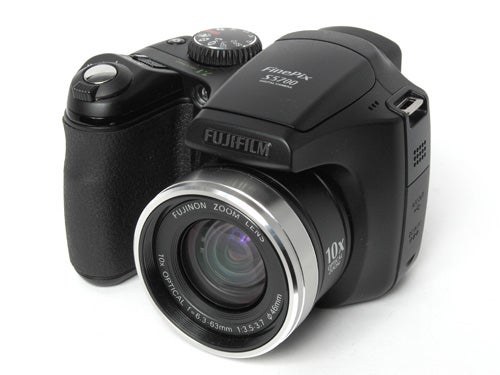
Verdict
Key Specifications
- Review Price: £130.00
It’s a little over a year since I reviewed the Fuji FinePix S5600, a handy little entry-level superzoom which I really liked. It wasn’t without a couple of faults, but at under £200 for a 10x zoom 5-megapixel camera it was amazing value for money. Well it looks like Fuji has done it again, because this week I’m taking a look at the replacement for the S5600, the new S5700 (how ”do” they come up with these names?). It offers the same 10x zoom capability, but now adds 7.1 megapixels, a 2.5-in monitor and a new intelligent flash system, and you can get all of this for under £130. How is that even possible?

What’s even more amazing is that it’s not just an update of the previous model; it’s a completely new camera from top to bottom. Even the shape of it is different. Where the S5600 appeared to be modelled on a full-sized SLR, the shape of the S5700 is a lot closer to that of previous Fuji super-zoom cameras such as the popular S7000Z or the S20 Pro. Measuring 106.1 x 75.7 x 80.7mm and weighing 306g minus batteries it is it is significantly smaller and lighter than the S5600, but it has a larger and even more comfortable handgrip, and manages to fit in a much larger monitor screen. It’s a nice screen too; with 230k pixels it’s a lot sharper than the old one, and it has a nice anti-glare finish too. It’s also slightly recessed so it doesn’t pick up too many finger marks.
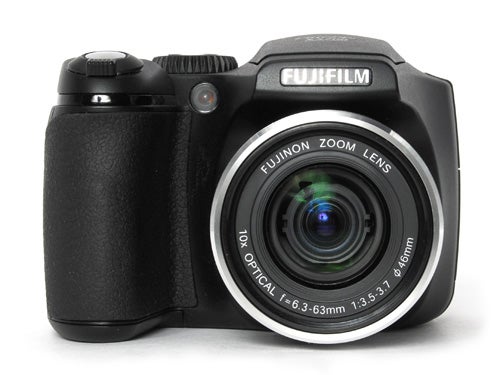
The handling really is superb. With that big handgrip and the large thumb-grip area it feels like a much larger camera, but the light weight and the position of the controls mean that it’s perfectly possible to operate it one-handed without any real loss of stability. One reason for this is the zoom control, which has swapped places with the power switch, changing from being two fiddly buttons on the back to a nice rotary control around the shutter button. The zoom is very easy to control accurately; tapping it a little moves it just a fraction, while holding it down makes it zip to the other end of the range in well under two seconds. This is very helpful for accurate framing. The big 10x lens (38-380mm equivalent) is now fully internal and doesn’t extend either when the camera is powered up or when zooming, which avoids the S5600’s annoying habit of popping the lens cap off on startup.
The S5700 has much the same features and options as the S5600, so not surprisingly it has many of the same controls. There are external buttons for exposure compensation and drive mode (continuous, auto-bracketing or top-three burst), but one change is the disappearance of the handy AF mode and manual focus button, the function of which has now been relegated to a menu option. Other options such as self timer, flash mode, macro mode and LCD brightness are secondary D-pad functions, while the camera also sports the familiar F button, with a little three-choice menu for ISO setting, picture quality and colour mode. To be honest I think it would be better to put these last two back on the main menu, and just have an ISO option button. Surely it would be less complicated than having two separate menus? As it is, the menu isn’t exactly overcrowded, with only white balance, metering mode, focusing mode, sharpness adjustment, bracketing interval and flash output.
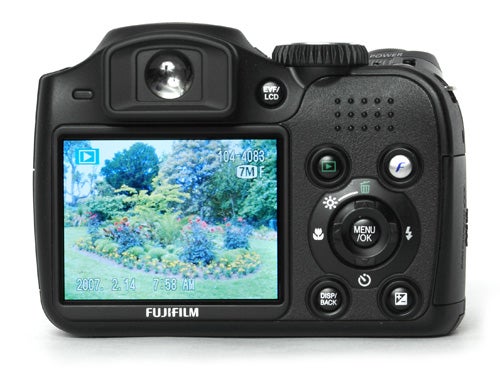
Fortunately the main mode dial offers a little more versatility, with the usual auto and program modes joined by aperture priority, shutter priority and full manual exposure. The range of control is better than average for a manual compact, with a maximum aperture of f/3.5 and a minimum of f/13.6, and shutter speeds of four seconds to 1/1000th. Also available on the mode dial are two natural light modes, one with automatic slow-sync flash, two user program modes, the anti shake mode (which as we’ll see is best avoided) and the video mode. The S5700 can shoot at VGA resolution and 30fps with mono sound and electronic image stabilisation, and the zoom lens can be used while filming.
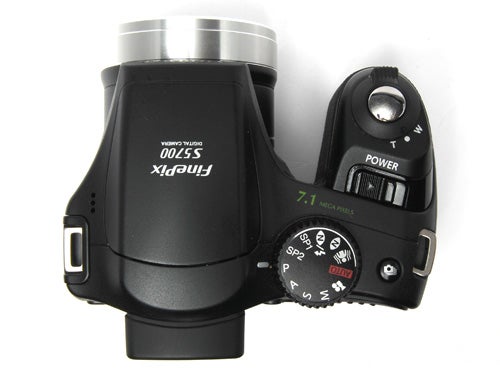
Performance figures are not discouraging. It starts up in about 2.5 seconds, which is slower than the S5600, but not annoyingly so. In single-shot mode, the shot-to-shot cycle time is approximately 2.4 seconds, which is reasonably quick, and in continuous shooting mode it can manage a shot approximately every 1.5 seconds, which while not blindingly fast is at least quicker than some compacts. The AF system is nice and quick too, at least in good light, locking on in less than half a second in most circumstances. The multi-area mode will usually find the right subject too. In low light it does slow down somewhat, but it will nearly always lock on within a couple of seconds, even in pitch darkness at a range of several meters thanks to a good AF assist lamp. The S5700’s low-light focusing is among the best I’ve seen.
Battery duration appears to be excellent. Like the other Fuji superzooms the S5700 runs on four AA batteries, and Fuji makes no particular claim about battery life, but a standard set of alkaline batteries was still providing a full charge after well over 150 shots. As for card capacity, a freshly formatted 1GB card provides approximately enough space for 285 shots. One interesting point is that like the FinePix F40fd, the S5700 can accept both xD Picture and SD cards, thanks to a dual-purpose slot. Unlike the F40fd though it will accept SDHC cards.
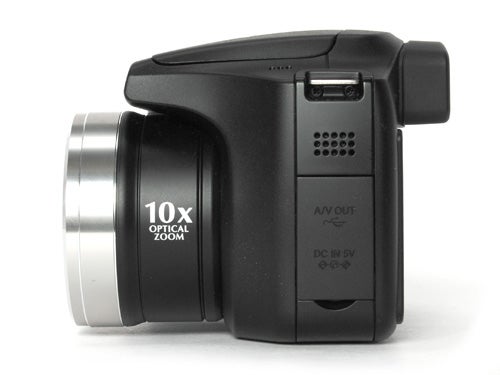
Since I do bring it up from time to time, a quick mention also of the excellent 178-page printed manual. If Fuji can provide a full manual for a camera costing £130, why do other manufacturers (I’m looking at you Canon) provide CD manuals with mure expensive models?
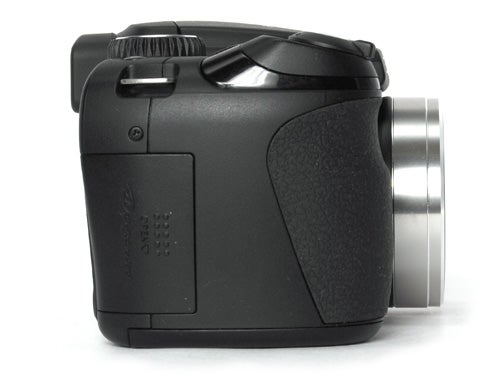
The only weak point of the otherwise excellent S5600 was image quality, but the S5700 addresses all of the issues raised by that camera. Since it has no image stabilisation the S5700 relies on its high-ISO capability to provide a fast enough shutter speed to make the long zoom viable, and it certainly scores well in this area, although it’s not quite up to the levels of some other Fuji cameras. It uses a conventional 1/2.5-in CCD rather than Fuji’s own SuperCCD technology, and so it does suffer from some high-ISO noise, but pictures are still good up to 800 ISO, which is a pretty fair performance. However at 1600 ISO the image quality is quite poor, with serious colour noise problems. Unfortunately the “Anti-shake” mode sets this speed automatically, so it’s best to avoid this option. Aside from that, overall image quality is excellent, with good exposure and colour rendition, and very good overall sharpness. The lens does produce quite bad barrel distortion at the wide-angle end, but makes up for it by providing tons of sharp detail right across the frame. The only bum note is that usual Fujifilm bugbear, massive purple fringes on all high-contrast edges. I really wish Fuji would solve this problem, because it is the only real fault with what is otherwise a superb camera.
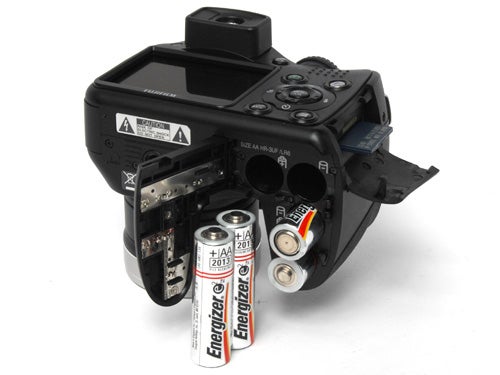
”’Verdict”’
The Fujifilm S5700 is an amazing bargain. It has style, good performance, manual exposure options, excellent low-light ability and fantastic handling, and tops it off with good image quality. That you can get a camera this good for under £130 is simply astonishing. If I could, I would give it 11 out of 10 for value.
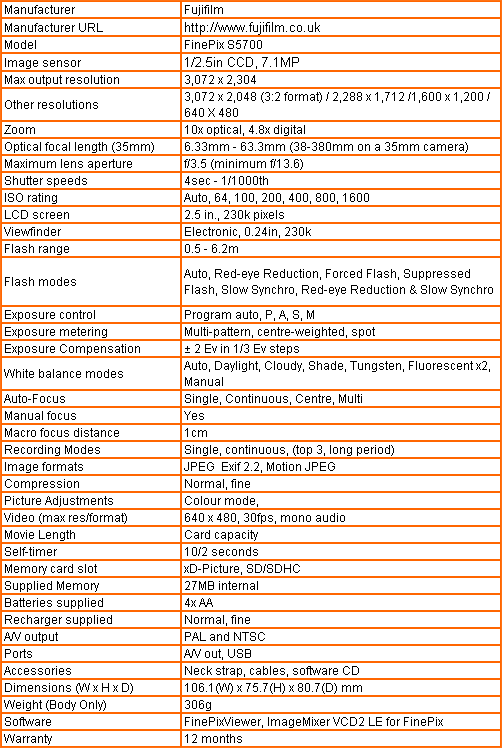
”Over the next few pages we show a range of test shots. On this page the full size image at the minimum ISO setting has been reduced to let you see the full image, and below that a series of full resolution crops have taken from original images at a range of ISO settings to show the overall image quality.”
—-
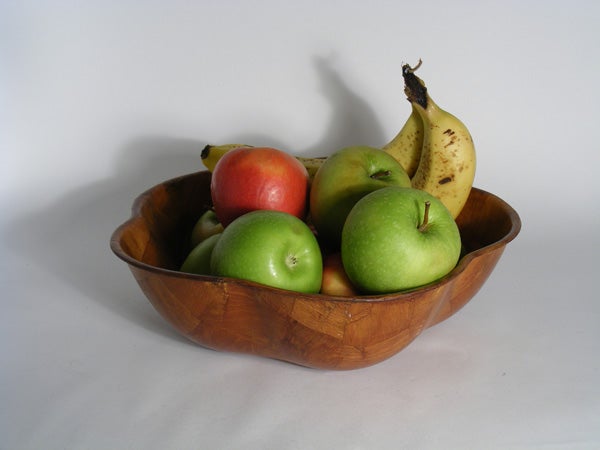
—-
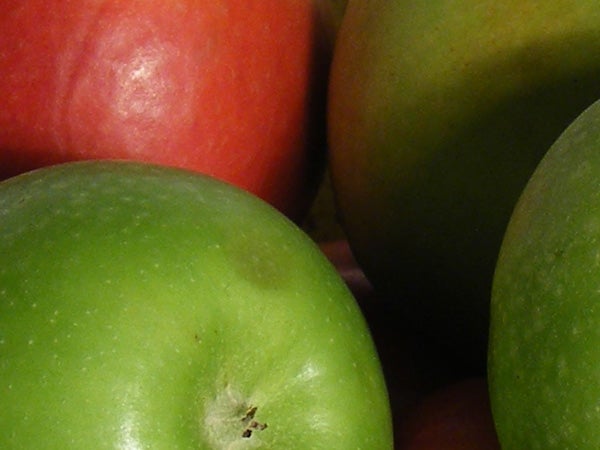
Picture quality is excellent at the minimum setting of ISO 64.
—-
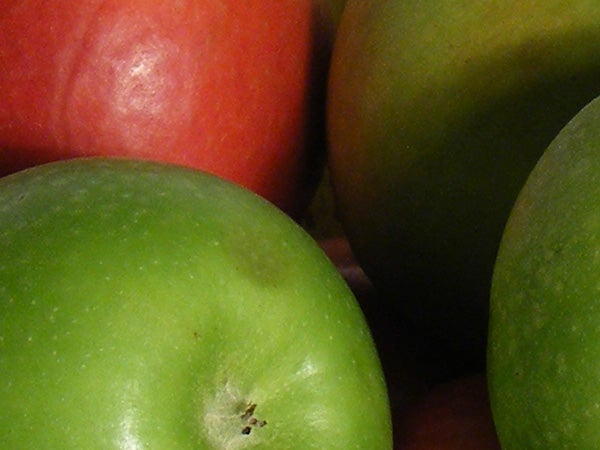
Still no problems at 100 ISO.
—-
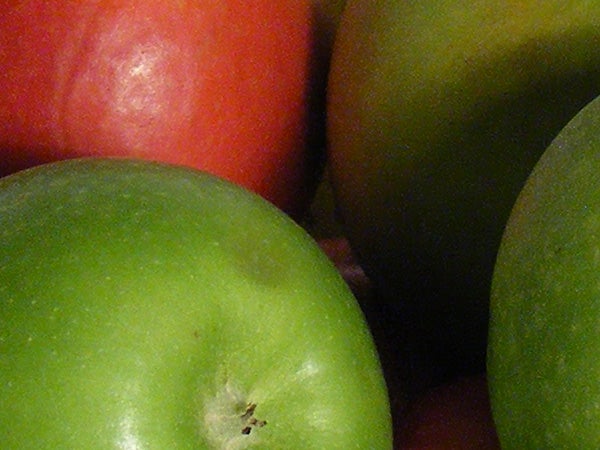
Also good at 200 ISO.
—-
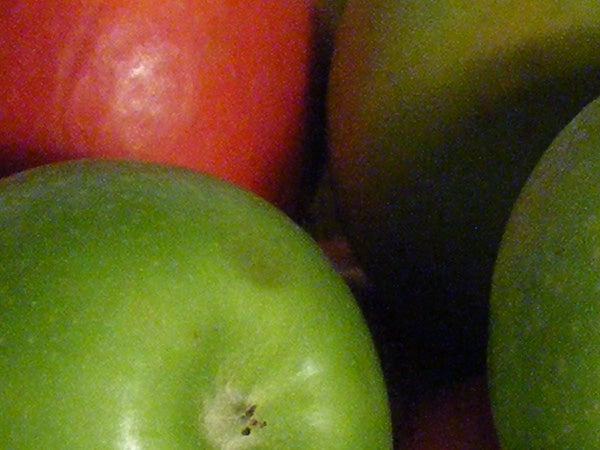
Some image noise creeping in at 400 ISO.
—-
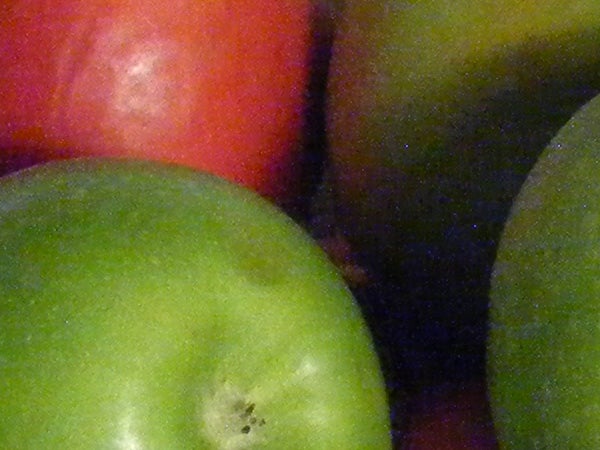
Very visible noise at 800 ISO, but still plenty of fine detail.
—-
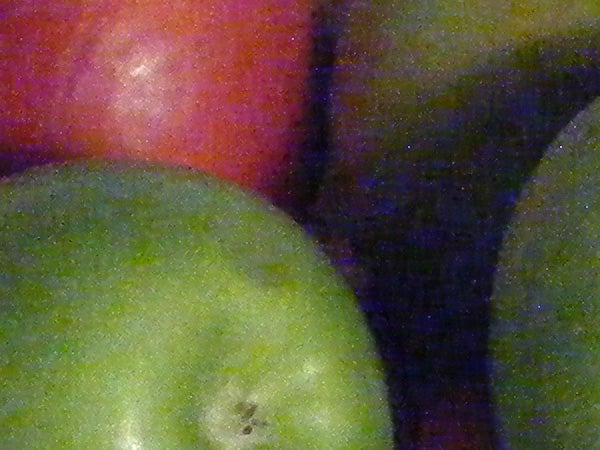
Picture quality at 1600 ISO is quite poor, with severe colour noise across the image.
—-
”A range of general test shots are shown over the next two pages. In some cases, the full size image has been reduced for bandwidth purposes, and a crop taken from the original full resolution image has been placed below it to show the overall image quality. Some other pictures may be clicked to view the original full-size image.”
—-
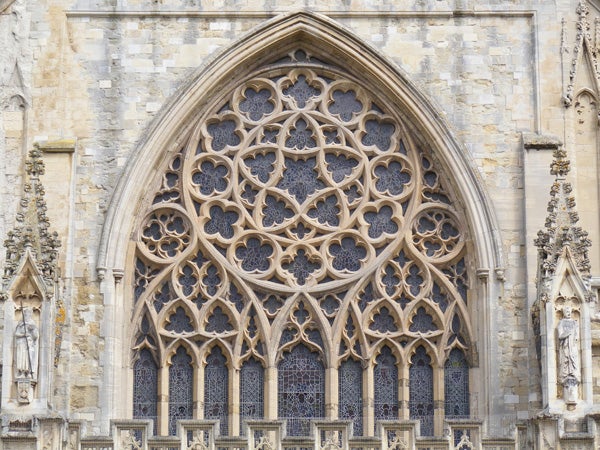
Here’s the all-too-familiar shot of the West Window for detail comparison. I take this same shot with every camera I test. Click on the image to see it full size or look at the 100 percent crop below.
—-
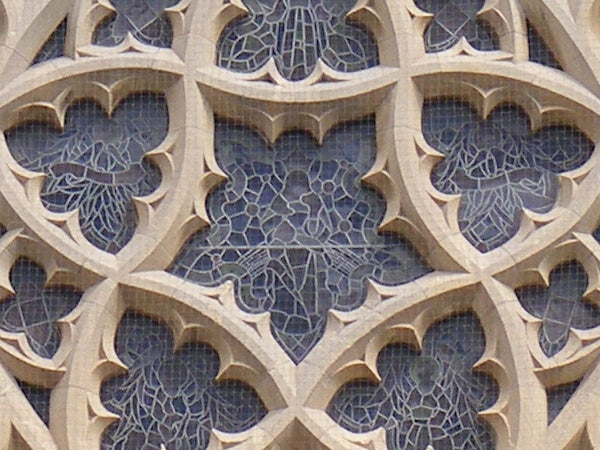
The level of detail is excellent. Compare this with other 7MP or 8MP cameras I’ve tested recently.
—-
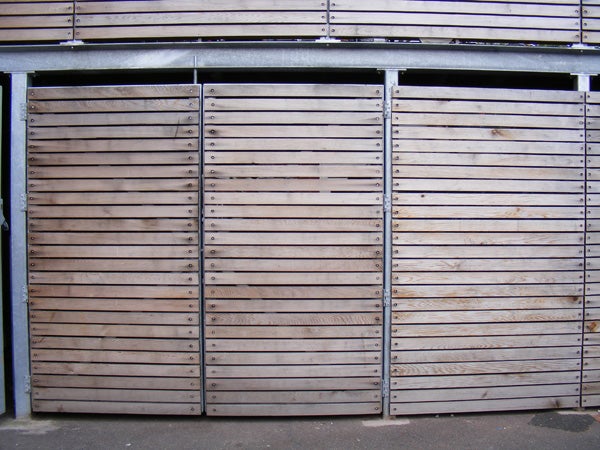
At wide angle the lens does produce quite bad barrel distortion.
—-
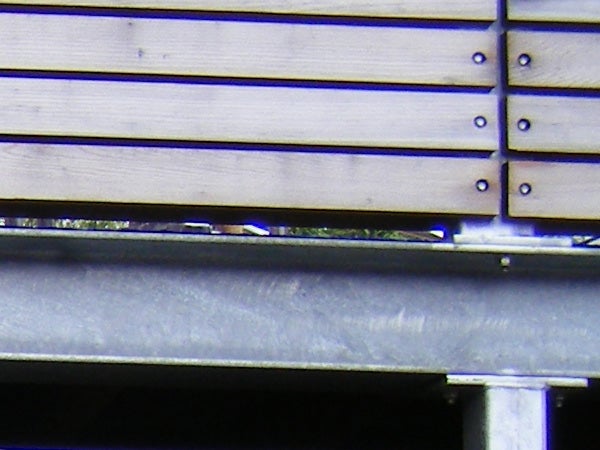
Corner sharpness is good, but that old purple fringing is back with a vengeance.
—-

Here’s a high contrast shot, a statue against a bright sky.
—-

Here’s a crop from the top part of the image. Check out the purple fringes.
—-

The wide-angle end is equivalent to 38mm, which isn’t very wide at all.
—-

The telephoto end is equivalent to 380mm though, which is great for zooming in on details.
—-
”A range of general test shots are shown over the next two pages. In some cases, the full size image has been reduced for bandwidth purposes, and a crop taken from the original full resolution image has been placed below it to show the overall image quality. Some other pictures may be clicked to view the original full-size image.”
—-
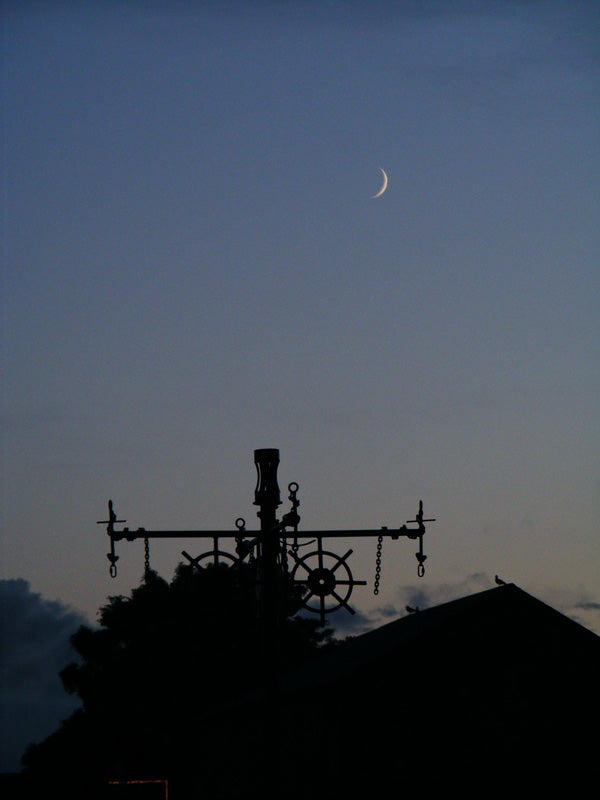
This was shot at 200 ISO, giving a shutter speed of 1/160th, which with the camera’s superb handling is fast enough for this zoom shot.
—-

This was shot on the normal colour setting…
—-

…while this was taken on the high-saturation “chrome” setting. The colours are more saturated, especially the greens.
—-

The intelligent slow-sync flash balances the ambient light perfectly.
—-
Trusted Score
Score in detail
-
Value 10
-
Image Quality 8
Features
| Camera type | Super Zoom |
| Megapixels (Megapixel) | 7.1 Megapixel |
| Optical Zoom (Times) | 10x |
| Image Sensor | CCD |
| Image Stabilisation | Electronic |
| LCD Monitor | 2.5 in |
| Flash modes | Built-in Auto Flash, Flash Cancel (Off), Forced / Fill Flash, Red-Eye Reduction |
| Video (max res/format) | 640 x 480 |
| Memory card slot | xD-Picture Card |

